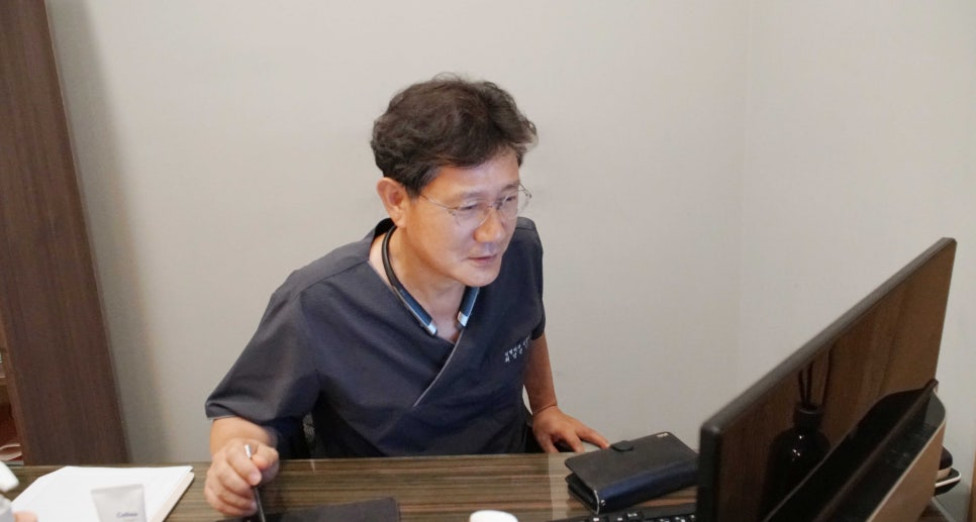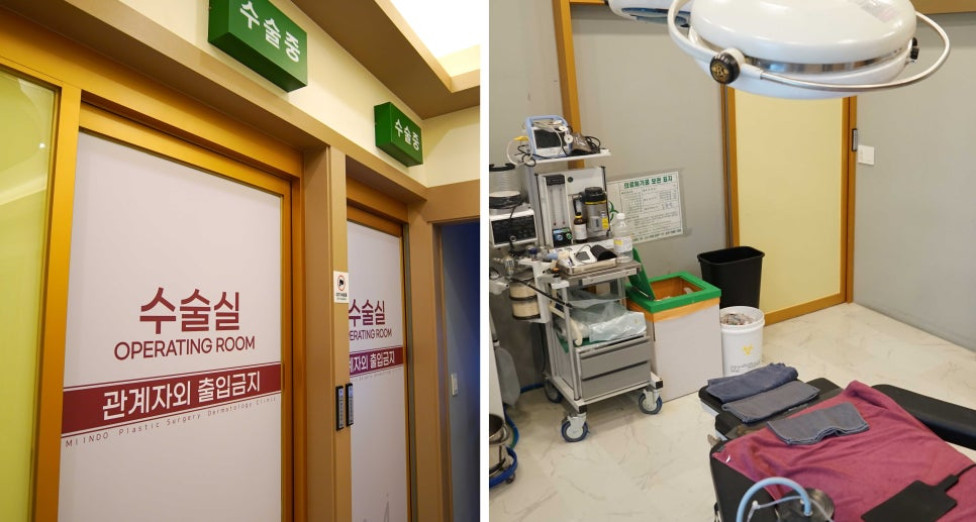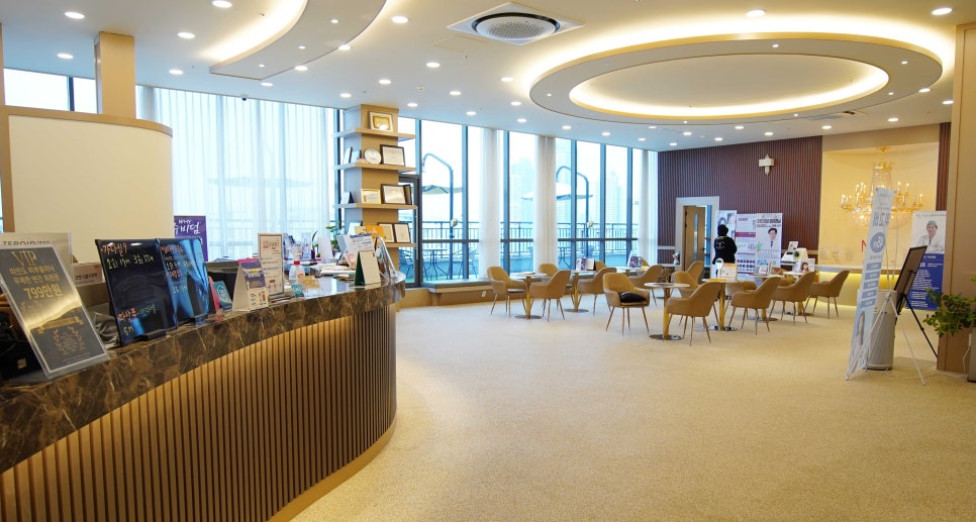Natural Rhinoplasty: Customized Designs for Different Concerns
페이지 정보
작성자 Wassup 작성일 25-11-16 04:45 조회 22 댓글 0본문
This post complies with Article 56, Paragraph 1 of the Medical Advertisement Law and is written by Miindo Plastic Surgery & Dermatology for the purpose of providing medical information.
Individual health conditions may vary, so it is important to have a thorough consultation with a medical professional before deciding on treatment.
Hello, I am Dr. Choi In-kwon, director of Miindo Clinic Plastic Surgery & Dermatology. The nose is located at the center of the face, and its shape and balance greatly influence one's overall impression. That's why many people are considering surgery for various nose-related concerns.
These days, a 'natural design' that suits each individual's face has become a much more important criterion than simply making the nose taller and sharper.
In particular, surgery designed with consideration of skin thickness, cartilage structure, and harmony with overall facial features results in more stable and natural outcomes.
Today, for those who are considering 'rhinoplasty,' we will thoroughly explore customized surgery for each type, no-implant rhinoplasty using autologous tissue, and revision surgery.
No-Implant Rhinoplasty: Naturalness Filled with Autologous Tissue
If you have thin skin or are concerned about implants, no-implant rhinoplasty can be an alternative.
This surgery uses your own tissues, such as ear cartilage, septal cartilage, rib cartilage, autologous dermis, and fascia, to naturally refine the bridge and tip of the nose.
Ear cartilage is elastic and suitable for creating a soft nasal tip.
Septal cartilage is used to raise the center of the nose or lengthen it.
Rib cartilage has strong support and is effective for revision surgery or when structural reinforcement is needed.
Autologous dermis and fascia act as cushioning instead of implants in cases of thin skin, and the texture is also natural.
Autologous tissue is less likely to cause foreign body reactions and blends well with the tissue over time, resulting in high satisfaction with the results after rhinoplasty.
Harmonious Nose with Refined Nasal Base
Simply raising the bridge and tip of the nose can make the center of the face stand out. In this case, refining the wide nasal base together is important for creating harmony.
Alarplasty is effective when the nasal base is wide or gives the impression that the nose is large.
The incisional method is applied to cases with thick skin and a wide nasal base, where the lower part is excised and then meticulously sutured.
The non-incisional method involves tying the nasal base with threads and is suitable for cases where the change is not significant.
The nasal base is an area prone to scarring, so delicate suturing is important. The overall facial impression is balanced when the bridge, tip, and base of the nose harmonize.
Balanced Impression with Customized Surgery for Each Nose Shape
Nose shapes vary from person to person. The necessary surgical methods also vary depending on the type, such as bulbous nose, crooked nose, short nose, dorsal hump nose, and hooked nose.
For a bulbous nose, the spread cartilage is gathered and trimmed, and autologous cartilage or mesh is added to make the tip of the nose more defined.
For a crooked nose, the deviated septum or nasal bone is osteotomized or corrected to straighten the center.
For a dorsal hump nose, the protruding bridge is trimmed, and if necessary, the bridge is raised to refine the overall line.
For a short nose, the length is increased with cartilage grafting, and the angle of the nasal tip is adjusted to match the facial proportions.
For a hooked or long nose, the drooping tip is lifted, and in some cases, the depressor septi nasi muscle is resected to create a stable shape.
The key to rhinoplasty is not just simple height, but a design that harmonizes with the face.
In addition, in cases where revision surgery is needed, a much more meticulous approach is required.
If inflammatory reactions, implant displacement, or contracture occur, stable revision surgery is performed using autologous cartilage, dermis, or rib cartilage.
Revision surgery is more difficult and requires more careful planning than the first surgery, so extensive experience and accurate diagnosis are essential.
Surgery is not simply aimed at 'raising and lifting,' but it is more important how well it blends with your face.
True beauty lies in a nose line that blends naturally with your own atmosphere and facial contours, rather than artificiality.
For the nose you are currently concerned about, it is best to receive a customized design through detailed diagnosis and thorough rhinoplasty consultation, rather than simple type classification, to determine which method is most suitable.
If you are curious about more information,
please click the link above :)
At Miindo Clinic Plastic Surgery & Dermatology, veteran medical staff with over 20-30 years of academic knowledge and clinical experience constantly research and strive to lead the Korean plastic surgery and beauty industry with high-quality medical care, surgery, and procedure skills for a subtly glamorous and natural beauty.








Source :https://blog.naver.com/zaxdj3/223865572512
- 이전글 Botox: Unveiling the Secrets to Its Popularity and Effects
- 다음글 Understanding and Treating Blemishes: Melasma, Spots, and Freckles with Laser Toning
댓글목록 0
등록된 댓글이 없습니다.
